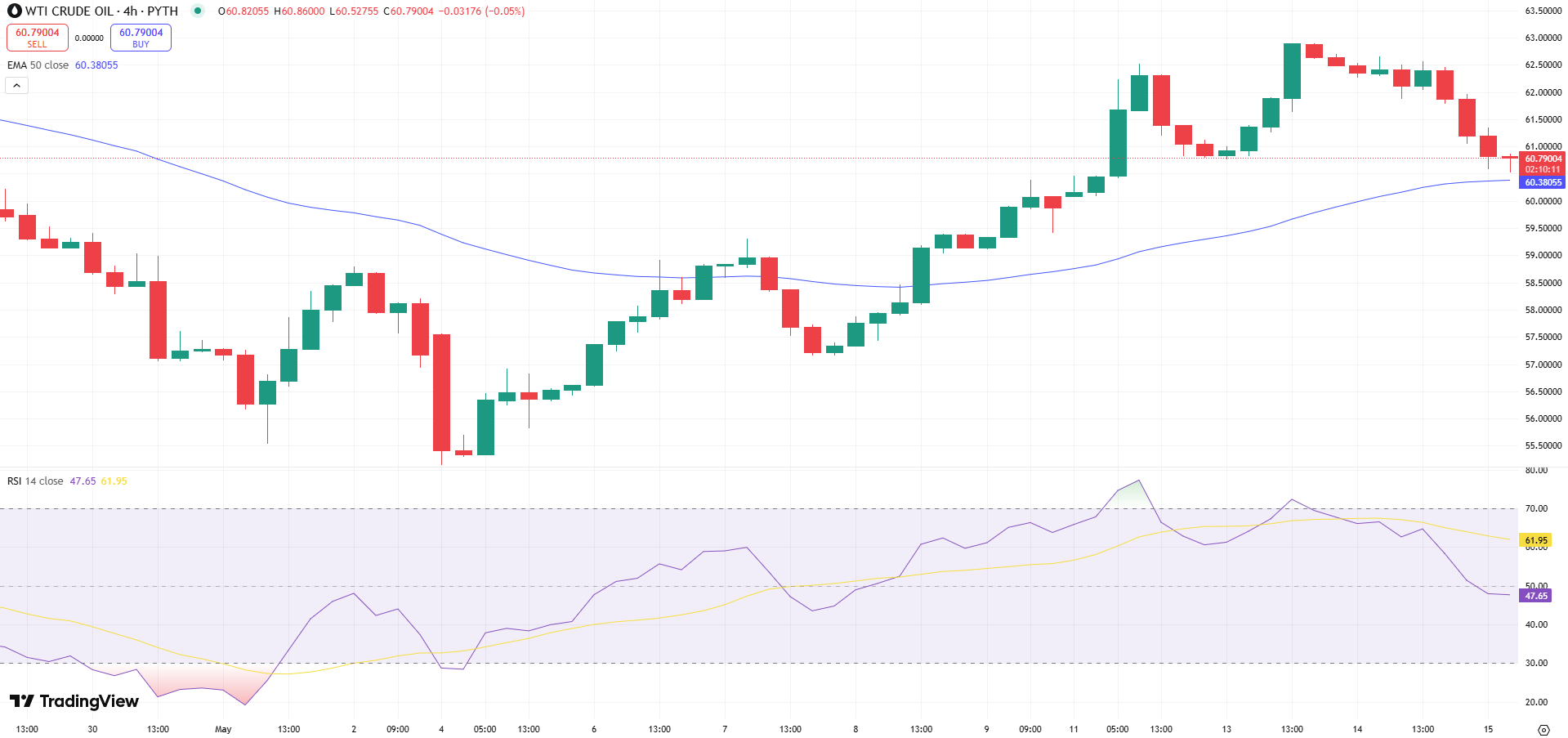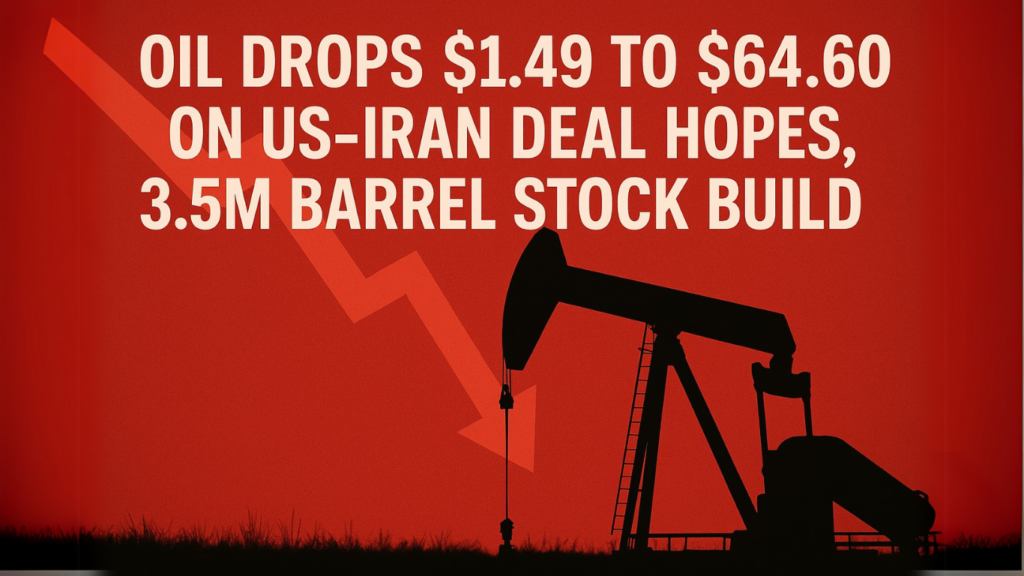Oil prices declined sharply on Thursday as investors reacted to potential progress in U.S.-Iran nuclear negotiations and an unexpected rise in U.S. crude inventories. Brent crude futures fell $1.49, or 2.3%, to $64.60 per barrel by 04:05 GMT. West Texas Intermediate (WTI) crude dropped $1.46, or 2.3%, to $61.69.
The retreat followed a 0.8% loss in both benchmarks on Wednesday and reflected growing market confidence that a U.S.-Iran agreement could ease sanctions, unlocking Iranian oil exports and increasing global supply. An Iranian official told NBC News that Tehran would be open to a deal in exchange for sanctions relief, which sparked speculation that more crude could soon enter the market.
Yuki Takashima, economist at Nomura Securities, noted that expectations of an easing sanctions regime had triggered a new wave of selling. This sentiment was echoed by Saudi Arabia’s foreign minister, who expressed optimism about the talks, indicating support for a diplomatic resolution.
U.S. Inventory Data Sparks Oversupply Fears
A key factor contributing to the market’s bearish tone was a surprise increase in U.S. crude inventories. According to the Energy Information Administration (EIA), stockpiles rose by 3.5 million barrels to 441.8 million barrels for the week ending May 9. Analysts surveyed by Reuters had expected a 1.1 million-barrel decline, making the data a clear deviation from forecasts.
This surprise build aligned with earlier data from the American Petroleum Institute (API), which reported a 4.3 million-barrel increase. Combined, the reports suggest demand may not be keeping pace with supply, raising questions about future price stability.
Market analyst Tony Sycamore of IG noted that crude has been trading near the top of a $55–$65 range. He predicted a possible downside breakout, saying, “Unless geopolitical tensions escalate, a move toward $50 per barrel looks likely.”

Sanctions, OPEC+ Output Also in Spotlight
- The U.S. issued new sanctions this week targeting Iranian ballistic missile components and networks exporting crude to China.
- A fourth round of nuclear talks in Oman marked intensified efforts to revive the 2015 nuclear deal.
- OPEC+ continues to increase oil production, but OPEC trimmed its non-member supply growth forecast, reflecting uncertainty in future output trends.
Together, these geopolitical and supply-side developments suggest continued volatility ahead.


